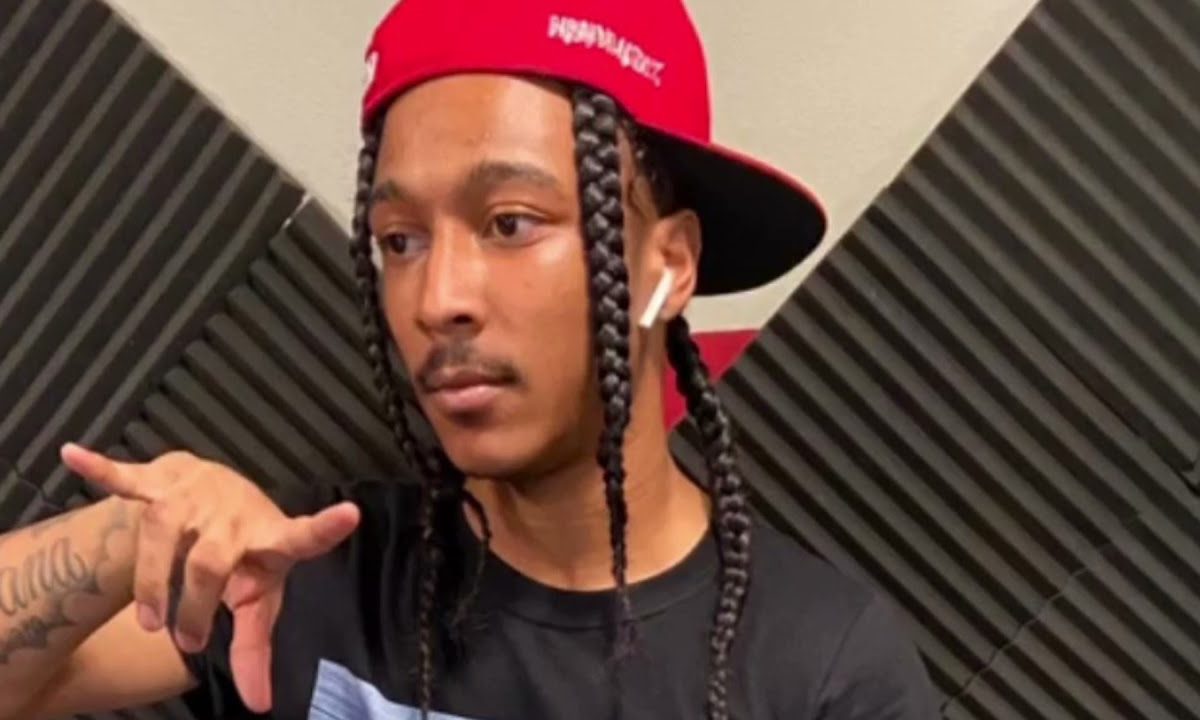The term "Indian Red Boy" has captivated the global audience, becoming a symbol of cultural pride and identity. It represents a unique blend of tradition, history, and modernity that resonates with people worldwide. This phrase has become more than just words; it embodies the spirit of India and its vibrant youth.
In recent years, the phrase "Indian Red Boy" has gained significant attention, both within India and internationally. It signifies a generation of young individuals who are redefining what it means to be Indian in today's globalized world. This article will delve into the origins, cultural significance, and modern interpretations of this term, providing a comprehensive understanding for readers.
As we explore this topic, we will uncover the stories, traditions, and modern-day relevance of the "Indian Red Boy." This article aims to provide valuable insights into how this phrase has evolved over time and its impact on society. Let's embark on this journey together and gain a deeper appreciation for this cultural phenomenon.
Read also:Thomas Beaudoin A Comprehensive Look Into His Career Achievements And Legacy
Table of Contents
- The Origin of Indian Red Boy
- Cultural Significance
- Modern Interpretation
- Iconic Figures
- Traditions Associated with Indian Red Boy
- Global Impact
- Media Representation
- Social Media Influence
- Future Trends
- Conclusion
The Origin of Indian Red Boy
The phrase "Indian Red Boy" dates back to the early 20th century when it was first used to describe young Indian men who embraced their cultural heritage while adapting to modern lifestyles. Initially, it referred to individuals who wore traditional red attire during festivals and celebrations. Over time, the term evolved to represent a broader concept of cultural identity and pride.
Historical Context
During the British colonial era, the "Indian Red Boy" became a symbol of resistance and cultural resilience. It represented the refusal to abandon traditional values in the face of Western influences. This period saw the emergence of leaders and thinkers who championed the cause of preserving Indian culture.
Cultural Evolution
As India gained independence, the "Indian Red Boy" continued to evolve, becoming a symbol of national pride and unity. Young Indians began embracing their cultural heritage while also contributing to the country's development in various fields.
Cultural Significance
The cultural significance of the "Indian Red Boy" lies in its ability to bridge the gap between tradition and modernity. It represents a generation that values its roots while being open to new ideas and innovations.
Symbol of Identity
For many, the "Indian Red Boy" is a symbol of identity and belonging. It highlights the importance of cultural heritage in shaping one's sense of self and community.
Unity in Diversity
India is a land of diversity, and the "Indian Red Boy" embodies this spirit. It celebrates the rich tapestry of cultures, languages, and traditions that make up the nation.
Read also:Emilio Castillo Net Worth A Comprehensive Look At The Life Career And Wealth Of The Legendary Musician
Modern Interpretation
In today's world, the "Indian Red Boy" has taken on new meanings. It represents a generation of young Indians who are breaking stereotypes and challenging societal norms. These individuals are redefining what it means to be Indian in a globalized world.
Urban Influence
- Urbanization has played a significant role in shaping the modern interpretation of the "Indian Red Boy."
- Young Indians in cities are blending traditional values with contemporary lifestyles.
Global Citizenship
The "Indian Red Boy" is also a symbol of global citizenship. Young Indians are increasingly engaging with the world, contributing to global conversations on issues such as climate change, social justice, and technology.
Iconic Figures
Throughout history, several iconic figures have embodied the spirit of the "Indian Red Boy." These individuals have made significant contributions to society and continue to inspire future generations.
Biography of Iconic Figures
Below is a table showcasing some of the most iconic figures associated with the "Indian Red Boy" phenomenon:
| Name | Birth Year | Field of Contribution | Significance |
|---|---|---|---|
| Raj Kapoor | 1924 | Cinema | Pioneered the concept of "Indian Red Boy" in films |
| APJ Abdul Kalam | 1931 | Science & Politics | Symbol of modern Indian pride |
| Rahul Dravid | 1973 | Sports | Represented Indian values in international cricket |
Traditions Associated with Indian Red Boy
The "Indian Red Boy" is deeply rooted in traditions that have been passed down through generations. These traditions form the foundation of cultural identity and continue to influence modern interpretations.
Festivals
Festivals such as Holi, Diwali, and Navratri play a significant role in shaping the cultural identity of the "Indian Red Boy." These celebrations provide opportunities for young Indians to connect with their roots and celebrate their heritage.
Music and Dance
Music and dance are integral parts of Indian culture, and the "Indian Red Boy" often expresses his cultural identity through these art forms. Traditional dances like Bhangra and classical music continue to inspire young Indians today.
Global Impact
The "Indian Red Boy" has made a significant impact on the global stage. Young Indians are contributing to various fields, including technology, arts, and sciences, and are gaining recognition worldwide.
Technological Innovations
Indian entrepreneurs and innovators are making waves in the global tech industry. Companies like Google, Microsoft, and Tesla have Indian leaders and engineers who are driving innovation.
Cultural Exchange
Cultural exchange programs and collaborations have facilitated the spread of Indian culture around the world. The "Indian Red Boy" is at the forefront of this movement, promoting cultural understanding and cooperation.
Media Representation
Media plays a crucial role in shaping perceptions of the "Indian Red Boy." Films, television shows, and social media platforms have contributed to the global recognition of this cultural phenomenon.
Positive Representation
Positive representation in media has helped dispel stereotypes and showcase the true essence of the "Indian Red Boy." This has led to greater acceptance and appreciation of Indian culture worldwide.
Challenges
Despite progress, challenges remain in ensuring accurate and respectful representation of the "Indian Red Boy" in media. Efforts are ongoing to address these issues and promote cultural sensitivity.
Social Media Influence
Social media has become a powerful platform for the "Indian Red Boy" to express themselves and connect with others. Platforms like Instagram, Twitter, and TikTok have provided opportunities for young Indians to showcase their talents and share their stories.
Hashtags
- #IndianRedBoy
- #CulturalPride
- #GlobalCitizen
Community Building
Social media has facilitated the creation of communities where young Indians can come together to celebrate their culture and support each other. These communities play a vital role in promoting cultural awareness and understanding.
Future Trends
The future of the "Indian Red Boy" looks promising, with emerging trends indicating continued growth and development. Young Indians are increasingly embracing their cultural heritage while contributing to global progress.
Sustainability
Sustainability is becoming a key focus for the "Indian Red Boy," with many individuals advocating for environmentally friendly practices and lifestyles.
Digital Innovation
Digital innovation is another area where the "Indian Red Boy" is making significant strides. From developing cutting-edge technologies to creating digital content, young Indians are shaping the future of the digital world.
Conclusion
In conclusion, the "Indian Red Boy" represents a powerful cultural phenomenon that has evolved over time to become a symbol of pride and identity. Through its rich history, modern interpretations, and global impact, it continues to inspire and influence people worldwide.
We invite you to share your thoughts and experiences in the comments section below. Join the conversation and help us celebrate the vibrant spirit of the "Indian Red Boy." Additionally, explore other articles on our website to learn more about Indian culture and its global influence.


